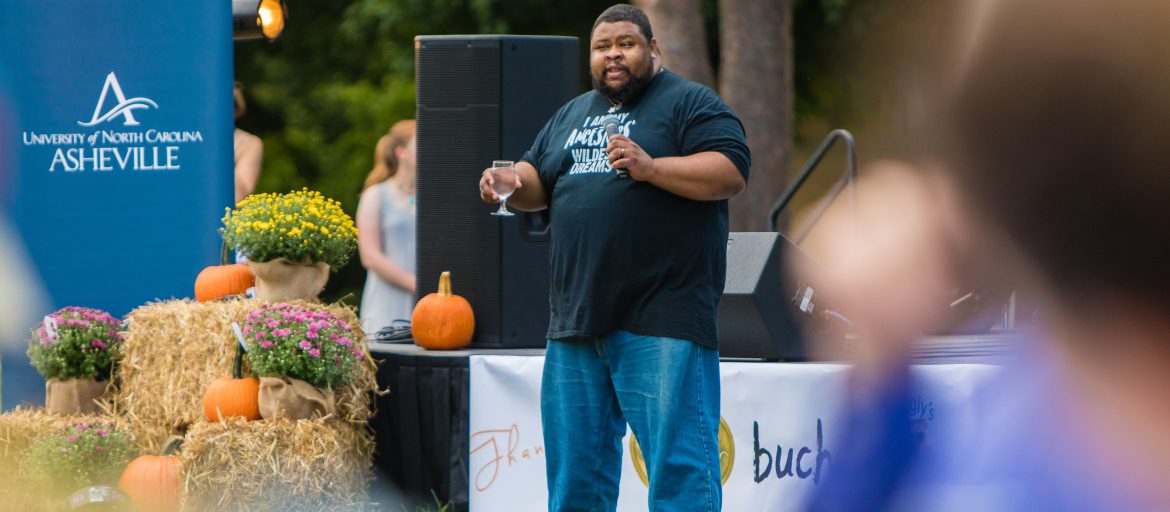


All of these would come to have starring roles in the cuisine of Virginia and the greater South, becoming what would later be known as soul food.įor a long time, the lens through which we viewed the culture and lives of enslaved people at Mount Vernon and other sites was largely determined by the view from the Big House, or planter’s house. There are massive pyramids of rice (ceeb), hot peppers (kaani), lima beans (sebe), tubers of different types such as sweet cassava (nyambi, a Wolof word from which we get the term “yam”), as well as mounds of okra (kanja), tomatoes (tomat), and of course, black-eyed peas (niebe). What caught my eye were the blue-hued crabs, the fish that resembled shad or rockfish, and the shallow troughs filled with oysters, transporting my mind to the Chesapeake and its tributaries. The Babel of languages spoken is reduced, for haggling purposes, to four or so lingua francas-Wolof, Mandinka, Arabic, French, and English. Here, all the foods are “whole,” not cut up, modified, genetically enhanced, or otherwise processed.

I was overwhelmed by the noise and competing smells of fresh meat and fish, seawater, soil, and spices. It’s a bit like seeing the child in the face of her grandmother. The Kermel Market in Dakar is where I first saw Virginia in Africa. Its story, like that of the cowpea’s culinary and cultural stewards, began thousands of miles away across the Atlantic on the tropical savannahs of West Africa, where, after it was picked clean from the fields by Wolof, Serer, and Mandinka farmers, their Fulani neighbors-pastoral people-would graze cattle in an ancient pattern of cultural symbiosis. But like the people who relished it the most in the mid– to late 18th century at Mount Vernon, the black-eyed pea didn’t begin its history on the plantations of Virginia’s Tidewater region, where a scarce few would find their way into the soil near where the cabins of the enslaved once stood. Many see it as uniquely Southern, and it is indeed a deep part of the cuisine and lore of the larger region. The commonly told narrative about it being fodder for livestock and then later a surprisingly palatable food for people obscures an ancient history.

To fill in the blanks, take a journey to the SenegambiaĬonsider the black-eyed pea, Vigna unguiculata, a variety of the cowpea. The records are sparse on the foodways of the enslaved at Mount Vernon and colonial Virginia.


 0 kommentar(er)
0 kommentar(er)
